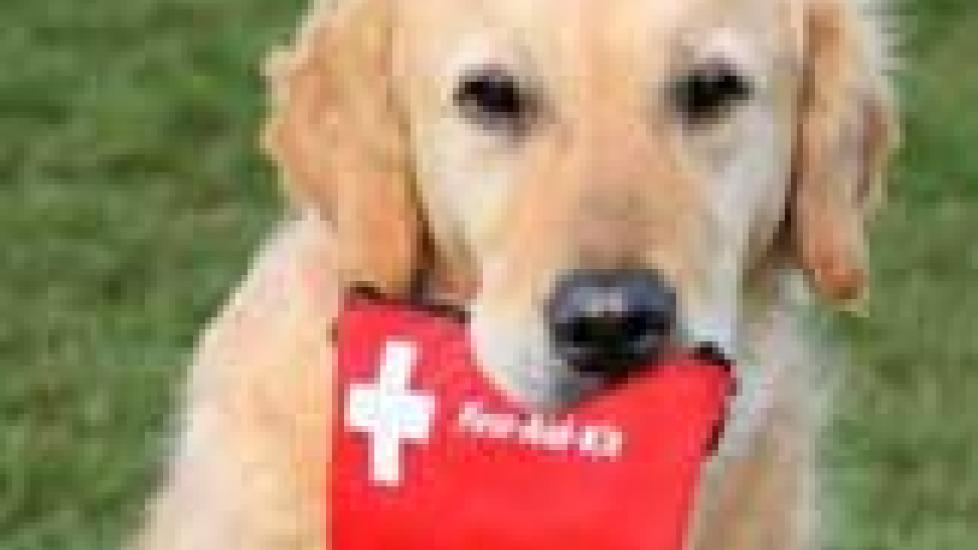More on Disaster Preparedness
Last weekend, I drove through the part of my county that was burned by two big wildfires this summer. The destruction was impressive in its scale and seeming randomness. At one point I saw a beautiful cedar-sided A-frame home (not the most fire-resistant of structures) that had survived with 25 yards of an outbuilding that had been reduced to a pile of ash. No doubt the firefighters who worked so hard to protect people’s homes had something to do with that outcome, which reminded me of how important community preparedness is when it comes to handling natural or man-made disasters.
We’ve talked before about personal disaster planning, but that will only get you so far if emergency managers and local, state, and federal agencies aren’t prepared when disaster strikes. Pet Aid Colorado, in partnership with Ready Colorado, has put together an Animal Emergency Response Planning Toolkit — "a step-by-step guide to building an animal emergency plan and developing the necessary response capacity for your community."
The toolkit can help a community "create an agreed upon framework for preparedness, response, and recovery efforts related to the management of animals." It breaks down the process into the 10 steps excerpted below. Take a look at the complete document, which includes detailed equipment lists, communication plans, forms, and more, if you’re interested in helping your community prepare for the worst.
Step One: Assess Risk
Identify those [events] that are most likely to occur in your jurisdiction and will have the most impact on your community’s animal and human population.
Step Two: Identify Animals
Identify the types of animals in your jurisdiction ... Don’t forget to include animal facilities such as zoos, research laboratories, and sanctuaries.
Step Three: Identify Services
Identify those [animal emergency response] services that are most likely to be needed in your community.
Step Four: Identify Resources
Think "out of the box" as to what might be available to you. For example, dog mushers in one community became an animal evacuation team. They own vehicles that can carry multiple animals in separate compartments and they all have excellent animal handling skills.
Step Five: Identify Assignments
Now that you have determined which animal response services your community will provide and what your community’s resources are, determine what resources will provide which service[s].
Step Six: Identify Equipment and Supplies
In addition to personnel, it is important to identify what equipment and supplies you will need. Many of these items may already be available through your volunteer organizations and private citizens.
Step Seven: Determine Training and Exercises
There is no required training program for animal emergency responders. However, it is recommended that at a minimum all responders complete FEMA ICS 100 and NIMS 700.
Step Eight: Meet with Partners
Include your community partners in the planning process. As the subject-matter experts on animal services, their insight will be valuable.
Step Nine: Complete Your Animal Response Annex
[A model plan is included in the appendices]
Step Ten: Educate the Community
The more citizens are prepared to take care of themselves and their animals during an emergency event, the greater the ability of disaster responders to target critical community resources to help those who have special needs or are more severely impacted by the disaster.

Dr. Jennifer Coates
Image: Florida Aussie on facebook
